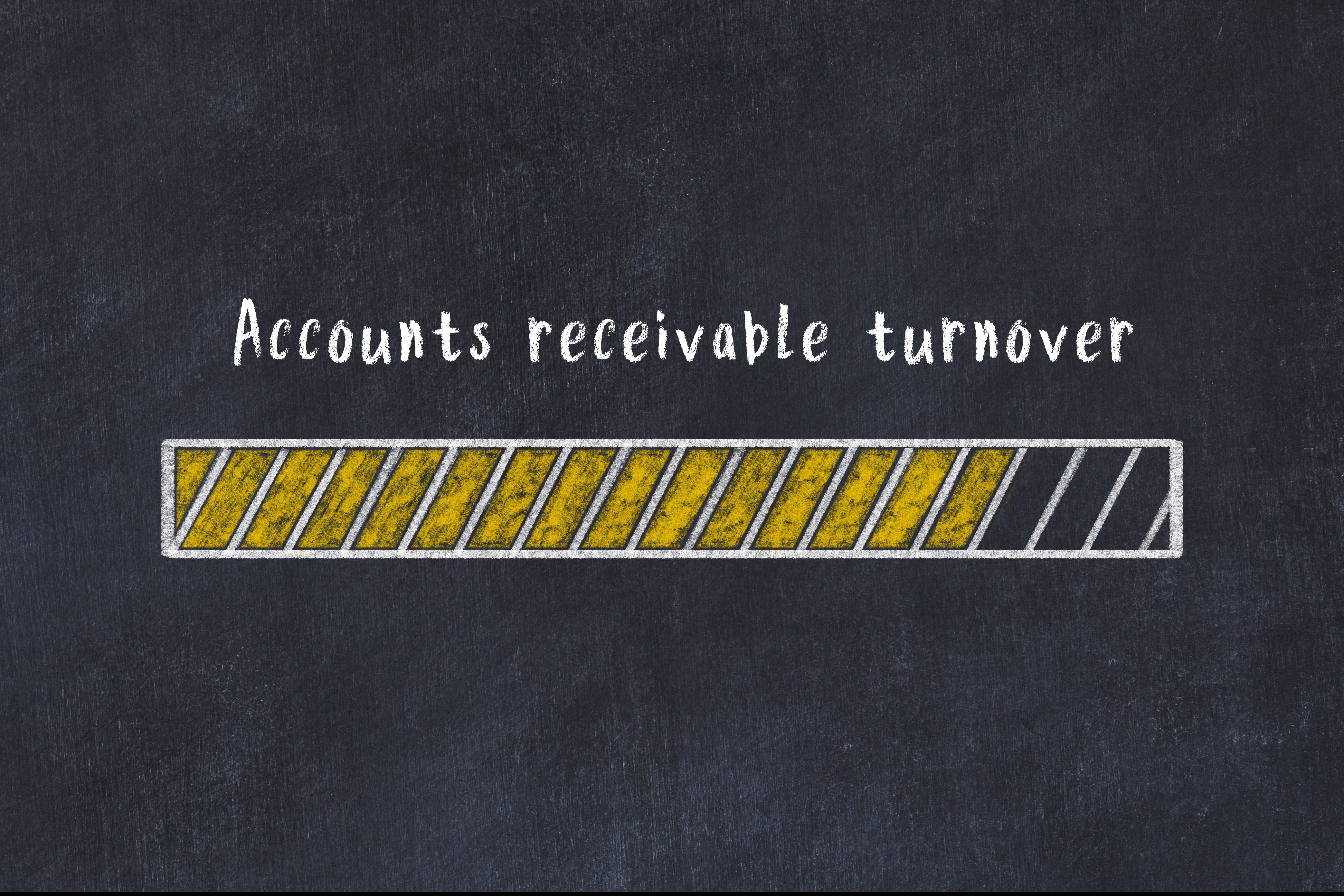Do you know how effectively your business is collecting accounts receivable? Relying solely on your bank balance might not provide an accurate picture of your collection performance.
A more reliable way to assess whether your accounts receivable is supporting your business needs is by using the Average Collection Period (ACP) Ratio. This ratio measures how quickly customers are paying their invoices and whether your net terms policy is being followed. By calculating the ACP, you can pinpoint potential issues in your collections process and make the necessary adjustments to improve cash flow. Regular monitoring of the ACP also offers valuable insights into your credit policies, helping reduce the risk of overdue payments that could disrupt business operations.
In addition to the ACP, it's also important to evaluate the aging of your accounts receivable regularly. By categorizing outstanding invoices based on how long they’ve been overdue, businesses can quickly identify which accounts need attention and take proactive steps to collect overdue payments. This data-driven approach can further enhance cash flow management, minimize bad debt, and provide clearer visibility into your business's financial health.
How effective are your accounts receivables?
Do you know how well your business is doing at collecting accounts receivable? Do you rely on your bank balance to show whether your collections are effective?
There’s a different way to determine whether your accounts receivable is working well enough to support your business needs and whether your overall net terms policy is being followed by your customers. This is done using the Average Collection Period Ratio.
Yes, it involves some math, but once you start to use it, the average collection period ratio (also known as the accounts receivable turnover ratio) can become a helpful tool for your accounts receivable and for the overall management of your business.
What is the average collection period ratio?
Average Collection Period Ratio: The average amount of time it takes your customers to pay the amounts owing to your business, usually calculated in days.
Here’s the formula (don’t worry, we’ll explain how to find each number):
(DAYS IN PERIOD x AVERAGE ACCOUNTS RECEIVABLE) / NET CREDIT SALES
At this point, you might be wondering if there’s any way to get around having to make these calculations. In a perfect world, customers would all pay their invoices as soon as they received them, and your accounts would always be up-to-date. Unfortunately, that’s just not a reality for most businesses. But there is one excellent way to ensure you receive payments promptly—even when your net terms are 30, 60, or even 90 days.
It’s through something called digital net terms. Resolve Pay has made this service accessible to B2B companies of all sizes. Here’s how it works: Resolve approves your customers, pays you up to 90% of each invoice one day after it’s issued, and then takes care of collecting from the customer within the net terms agreement. Of course, you could still work out the average collection period formula, but you’ll have an average collection period ratio of one day!
Using the average collection period calculation
Let’s play with the formula a bit and see how it can be used to complement your financial statements:
Company A wants to know what their average collection period ratio is for the past year, calculated in average number of days. There are 365 days in the year (DAYS IN PERIOD), and when they added up their accounts receivable at the start of the year and at the end of the year and divided by two, they got $23,000 (AVERAGE ACCOUNTS RECEIVABLE or average balance).
The last number for the formula is their NET CREDIT SALES (Total gross sales – Returns for the same period) which for them is $300,000.
(365 X 23,000) / 300,000 = 27.98 days
In this lovely made-up scenario, Company A has determined the average time it takes a customer to pay a receivable balance is just under 28 days. Not bad, right?
As with all data, single numbers aren’t that valuable. We need some context. The first piece of information we need is the credit policy. What net terms is Company A offering to their customers? If they’re offering net 45 days, then they’re doing well at collecting payments on time. But if their credit policy is net 10 days, then their customers are taking almost three times as long to make payments on average.
The other piece of data we need is Company A’s prior years’ numbers. So, let's say they ran the numbers and discovered that their average collection period ratio in 2019 was 27.98 days, and in 2020 was 56 days. It would be clear from comparing these financial ratios from two consecutive years that they’re having significant challenges collecting from their customers in a timely manner. (And this became a very real problem for many B2B and small businesses in 2020 as the coronavirus pandemic shut/slowed down businesses in almost every sector).
In the example above, with nearly double the average collection period from previous years (although in the same period of time), Company A is likely facing some serious cash flow/liquidity concerns and needs a working capital solution ASAP.
Addressing high average collection period ratios
Although the problem of past-due accounts receivable is a significant one for many companies, there are only a few ways to address it. The easiest (albeit with limited effectiveness) is to make sure credit terms are very clear to every customer by updating the wording in new contracts and issuing a notice for clarity to all existing customers. But chances are good that your customers already know what net terms mean and they don't need it explained to them again!
Companies may work to tighten their credit policies—shortening net terms for customers who take too long to pay, or who have poor credit. The entire process of setting net terms can be challenging for companies, especially small businesses with limited resources/accounts receivable. It requires conducting credit checks on each customer (which involves gathering detailed information from them and paying for credit checks), setting net terms that attract new customers without putting the company’s finances in dire straits, and then following up with customers who are late with payments.
Other options include not offering net terms (requiring payment upfront or cash sales only), using an embedded lender that offers net terms lending, using the goods sold as collateral for a loan and placing collections into the hands of the loan company (also called factoring), or securing credit insurance against defaults on net terms payments. All of these address immediate financial concerns, but may create more long-term problems.
Resolve Pay works with B2B companies of every size to provide net terms to your customers, conduct complete customer credit checks without intrusive methods that impact your customers, reduce your business credit risk, and grow your average credit sales. This makes it possible to improve cash flow, speed up sales, improve your balance sheet, and no longer worry about late accounts or collections. It’s like having an extra Accounts Receivable team at your service!
Tips about average collection periods
There are cases where a low average collection period is not a good sign, and that’s when it’s an indication that your credit terms, payment terms, or collection policies are too strict. While it looks good on paper to keep those payments up-to-date, you may also be deterring new customers or bigger orders.
Most businesses rely on favorable net terms policies to keep their doors open, or to expand their operations. Others simply expect it from everyone they do business with. If you’re not attracting those new/big contracts, or if your sales team is finding it increasingly challenging to close deals, your net terms may be a factor. Consider options that allow you to improve your net terms and total sales while lowering your company's average collection period. This may be the competitive edge your company needs!
Calculating your average collection period is a good strategy for making sure you have enough cash on hand to meet your financial commitments. You can look at the average length of time it takes to collect payments, and know what your cash flow is likely to be at the end of the period. Of course, it’s not perfect, but it’s a good guideline.







